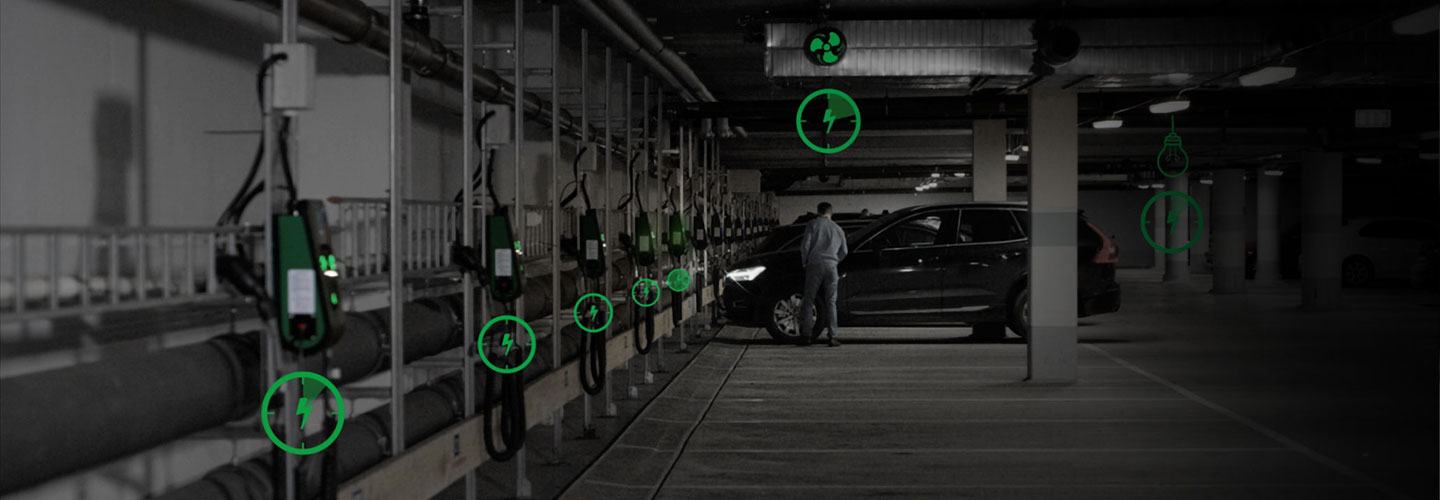Dynamic load balancing – essential in larger installations
When planning a larger network of EV chargers, load balancing should be a crucial consideration, but there is a need for greater understanding of the advantages offered by dynamic load balancing compared to static methods. Viktors Nikolajevs, CTEK SKILLBASE Manager, emphasizes the importance of load balancing for both installers and customers. While the initial investment may be higher, load balancing ensures greater efficiency and futureproofing for system expansion.
Load balancing involves a smart EV charging network that protects the main fuse by monitoring power input from the local grid and controlling power outlets in the charging station(s). Really important, and so what are the differences between static and dynamic load balancing?
Static load balancing allocates a fixed maximum total current for all charging stations, with spare capacity reserved for potential anomalies or future enhancements. In this case, the total available current for EV charging is divided among the charging points.
Dynamic load balancing allows for a more flexible and efficient allocation of power. By continuously monitoring the overall power consumption of a property, any spare capacity can be directed towards EV charging. This means that if the property's power consumption decreases, more power becomes available for charging, and vice versa. Dynamic load balancing is particularly beneficial for larger installations, such as office buildings, residential complexes, and commercial centres, where power demands vary throughout the day.
Integrating dynamic load balancing with the building management system enables real-time information flow, facilitating optimal allocation of power based on variable demands and renewable energy sources. In contrast, static load balancing is better suited for small charging networks with limited expansion potential.
For domestic environments, dynamic load balancing is the only available option and helps protect the incoming supply fuse. Larger installations can employ dynamic load balancing units like CTEK's GRID CENTRAL (CGC), which utilize energy meters and CTs to inform charge control technology and manage multiple charging points. In load balancing, "CTs" refers to "Connection Tables" or "Connection Tracking" mechanisms. Connection Tables are data structures used by load balancers to keep track of the state and distribution of incoming network connections across multiple servers or backend systems.
Installers may need to consult with local Distribution Network Operators (DNOs) and complete necessary forms to ensure compliance and permissions for EV charging installations.
While static load balancing serves well in smaller installations, the increasing demand for EV charging points necessitates the adoption of dynamic load balancing for long-term viability and scalability.

